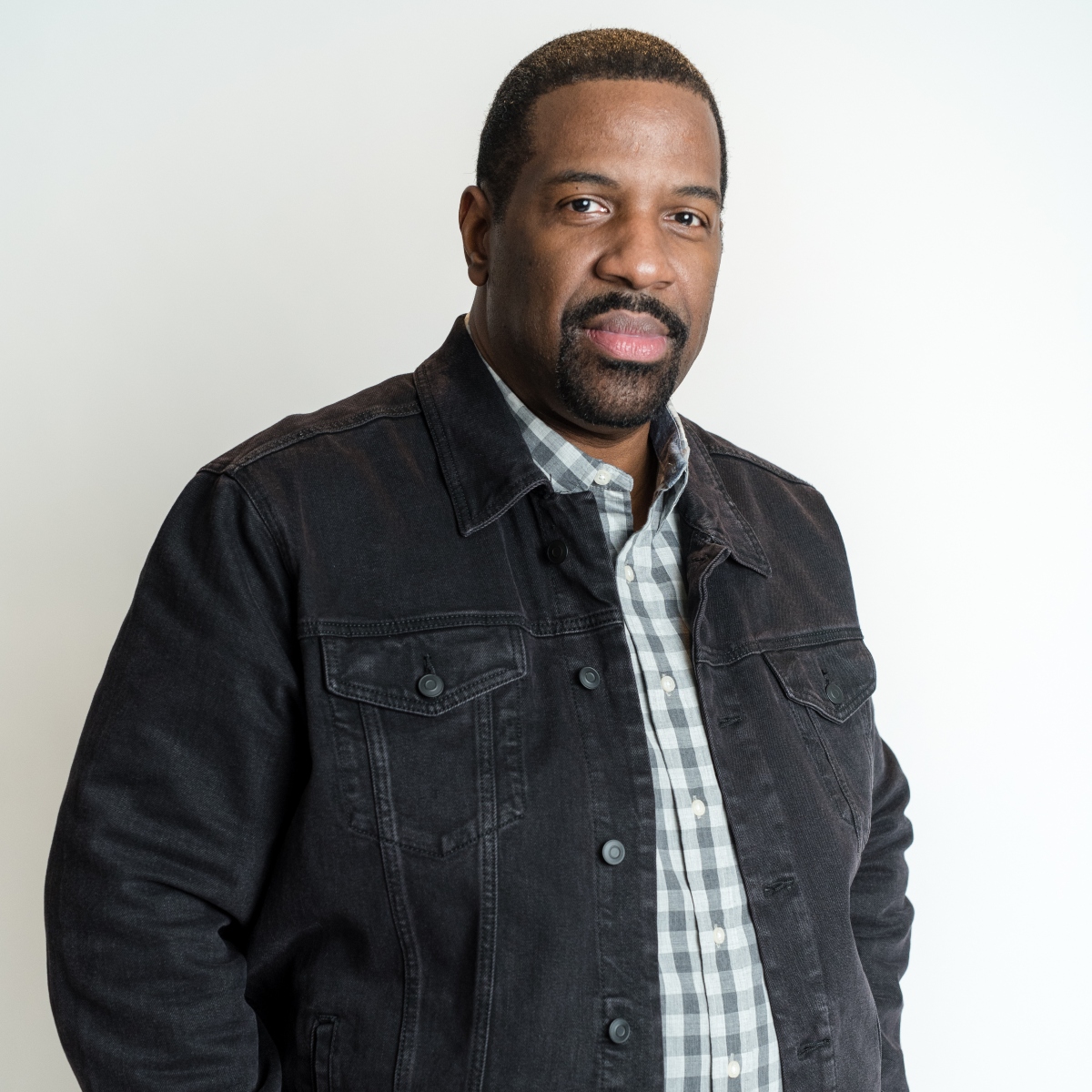How Was the Bible Put Together?

One compilation, two testaments, sixty-six books, thirty-nine books in one, twenty-seven in the other, and written over a period of 1500 years; obviously, I am talking about the Bible. We often think of the Bible as one book, which it is, but it is also a compilation of many smaller books combined into one. Since the Bible did not start as the compilation we have today, it causes us to ask how the Bible was put together. There are sixty-six books in the Bible but there were more than sixty-six books written so how did the ones which made the final cut, make it in. The Bible tells us that all Scripture is God-breathed (2 Tim. 3:16), so let’s see how God watched over his word to bring it to completion and why you can be confident in the sixty-six books that make up the Bible you read today.
How Was the Bible Put Together? (The Old Testament)
As we begin looking at how the Bible was put together let’s focus first on the Old Testament. There is less argument or debate about the Old Testament as the authoritative Word of God. The Old Testament is divided into the Law, the historical books, the poetry books, the major prophets, the minor prophets. The Law, which is comprised of the first five books of the Old Testament, also called the Pentateuch, was written by Moses. From the time the Law was written, it was recognized as authoritative and it was used as the foundation for how the nation of Israel was supposed to live and serve God.
The rest of the Old Testament is comprised of God’s word written as he gave it but a large part of it was God’s spoken word which was then transcribed, copied, and transferred down from generation to generation. This passing down of both oral and written was a very meticulous process and great care was given to recording the word of the Lord accurately to keep intact what God had said. When it came time to decide which books would be part of the Old Testament scriptures there were a few key tests that were applied to the writings.
The test of inspiration – The books that were written had to be seen as given by the inspiration of the Holy Spirit.
The test of authorship – Most of the writers of each of the books were by people who were in offices that were divinely appointed. Most of the writers were kings, prophets, judges, and people that God had appointed to their office.
The test of consistency – Because the Old Testament was written over a period spanning around one thousand years it was important that there be consistency between what was written previously. It is important to note many of these authors did not know each other, nor did they have the ability to read and study what the others wrote. For this reason, consistency was very important as it came into agreement with what God had already said. This was just one example of how God was watching over his word.
The test of reliability – This test was simple. Were the Israelites relying on the word as the foundation of their beliefs and how they lived? Their complete obedience to the word of God coupled with the other tests was critical to identifying which books belonged in the Old Testament.
By the time of Christ, the books in the Old Testament were firmly established as reliable scriptures. While there were other books written, they did not meet all the criteria and while they were useful for encouragement and even some instruction, they were not viewed as having the authority of scripture.
How Was the Bible Put Together? (The New Testament)
Just like the Old Testament, the New Testament was written by various writers. There were nine in total who wrote the New Testament, and they took only about fifty years to write these books. Compare that to the one thousand years it took to write the Old Testament books. By the time of the New Testament, written communication was far more commonly used. Within the pages of the New Testament, you will discover that Jesus and many of the New Testament writers verified the authority of the Old Testament scriptures because they often referred to them.
One of the reasons we can trust the validity and accuracy of what was written in the New Testament is because of the manuscript evidence. There are over 5,800 Greek manuscripts and more than 18,000 manuscripts that were translated into other languages. The New Testament has more preserved manuscripts than any other ancient literature or writing. While the manuscripts alone don’t make them the word of God, it preserves the authenticity of the Bible we have today because we have the ability to compare to what the actual writers of the New Testament wrote.
How Were the Books of the New Testament Chosen?
Much like the Old Testament, there were certain tests that were given to the books of the New Testament to verify their inclusion as part of scripture. These tests were critical to how the Bible was put together. There were three main criteria that established the books of the New Testament.
Apostolic Origin – Just like the Old Testament writings, the person who wrote them played a major consideration in their acceptance as part of the Bible. For any writing to be considered for being included in the scriptures it had to be written by an apostle or by someone closely associated with the apostle.
Agreement – This was such an important test because we believe that all Scripture is God-breathed. For something to be considered as God saying it, there could not be a contradiction with what God has already said. If it did, then God would be contradicting himself. The New Testament writings for them to be considered of divine origin had to be in agreement or non-contradictory to the already established scriptures.
Acceptance – This test was much like the testing of the scriptures of the Old Testament. Were these writings universally accepted and relied upon by the early church? This meant not just portions of the church, but the entire church. The scrutiny of these tests was vital to identifying what was the word of God and what wasn’t. Just like the Old Testament writings, there were other writings that existed however because they did not meet all the criteria they were not included as part of the Bible.
When considering the different books, there were debates even over some of the books that made it into the Bible. Some might view this debate as troublesome, however, I believe it is healthy. This shows there was great care and attention paid to the writings with the desire of being certain that the Bible we have today is exactly what God wanted to reveal to us about who he is and his plan of salvation.
The Bible Is the Work of God
If you decide to study this topic further there is one lens you must look at it through. It was not the church or councils or members of the church who determined which books belonged or how the Bible was put together. The Bible is not the work of men, it is the work of God. The role men played was writing under the inspiration of the Holy Spirit and then being led by the same Holy Spirit to know which books were the ones he inspired and which ones weren’t. The tests that were used were simply guidelines to help come to the conclusion of what God had already established. Ultimately the Bible was put together and the books were chosen because those are the ones God wanted to include in his revealed word to mankind. While he used men to accomplish it, he watched over the process which is why we can know the Bible we have today is the Word of God.
The Bible is one book, originating from the mind of one author, who is God. By the power of the Holy Spirit, he enabled different men to take what was in his mind and put it into written form, so we would know exactly what he wanted to say to us. While there may be more than forty different writers, there truly is only one original author, who has made his word available to us today. Since God is the author of his word, you can be confident in how the Bible was put together, because he was behind it all.
Photo credit: Unsplash.com/timothy-eberly

He is the author of The Pursuit of Purpose, which helps readers understand how God leads them into his will, and the author of The Pursuit of Victory: How To Conquer Your Greatest Challenges and Win In Your Christian Life. Clarence is also committed to helping 10,000 people learn how to study the Bible and has released his first course, Bible Study Basics, to achieve that goal. To learn more about his ministry and resources, please visit clarencehaynes.com.
Originally published March 03, 2022.







